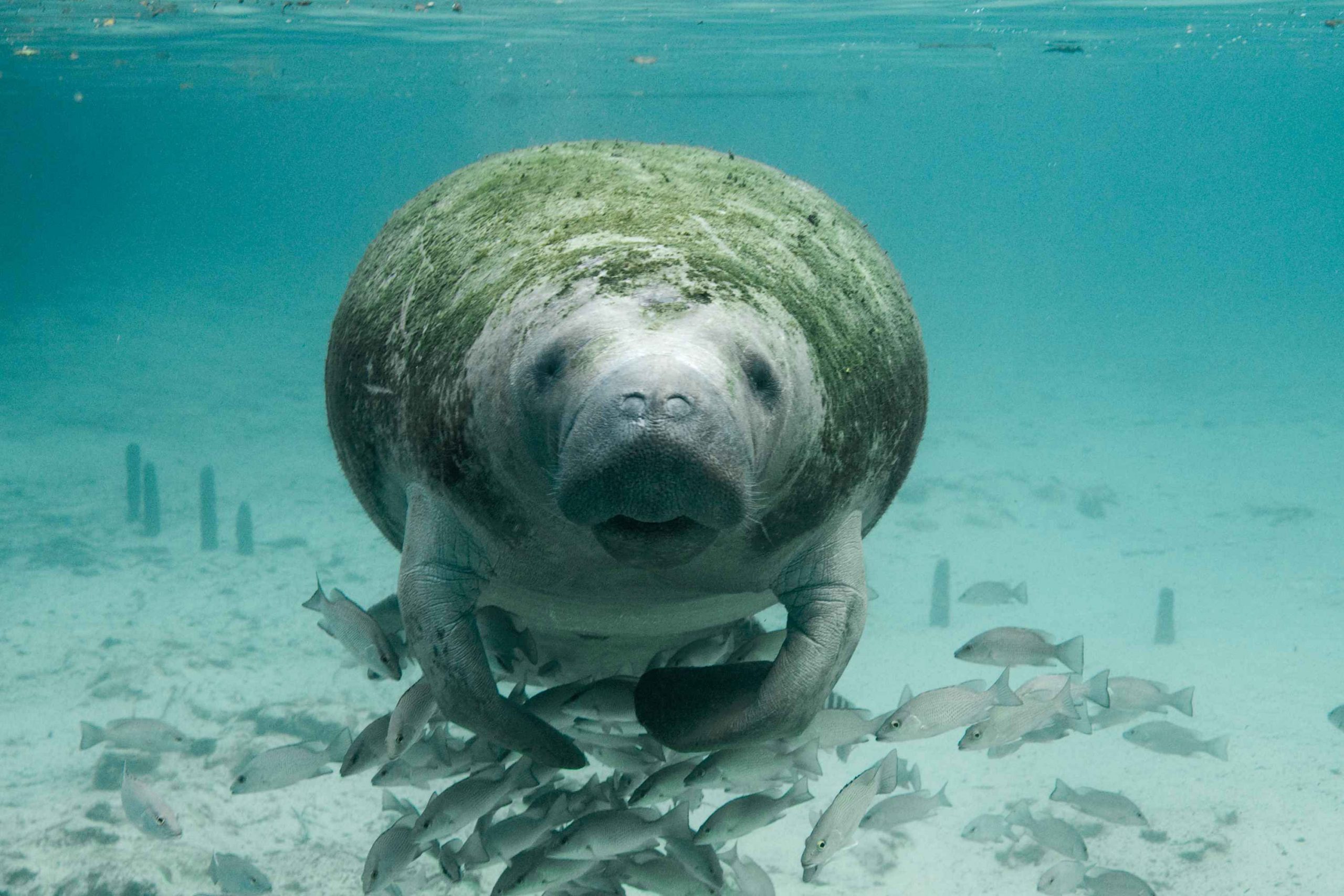On November 21st, the revised and finalized US Fish & Wildlife Service Mitigation Policy went into effect. This policy includes significant improvements to the original USFWS Mitigation Policy, which was written 35 years ago. Much has changed in the last three decades, including the accelerating pace of habitat loss, new conservation science, new impacts on species (such as climate change and invasive species), and new knowledge about different mitigation approaches. Taking these new concerns and lessons into account, the Service created a new framework that will increase the efficiency, effectiveness, and durability of mitigation.
This policy guides all endangered species habitat mitigation—from avoidance and minimization of impacts, to compensation for unavoidable impacts to our natural resources. The guidance is forward-thinking, innovative, and incorporates many of the principles Environmental Incentives has infused into performance-driven mitigation programs around the country, including:
- Net conservation gain is the goal of mitigation, or, at a minimum, there will be no net loss of habitat.
- Consistent metrics should be used to evaluate habitat impacts and benefits (conservation debits and credits).
- Landscape planning is necessary to ensure mitigation is effective at a large and ecologically-useful scale. The policy encourages understanding of large-scale stressors, such as climate change, while evaluating habitat quality. Finally, the policy encourages collaborative and cross-sector planning to design mitigation and conservation plans that reduce habitat fragmentation and increase stakeholder cooperation.
- Science-based mitigation ensures the best available science is utilized while creating mitigation plans and evaluating the long-term effectiveness of conservation. In particular, it is critical to incorporate spatially-explicit habitat quality into the assessment of impacts and mitigation projects.
- The policy also underscores the importance of programmatic adaptive management as more is learned about the species or ecosystem.
- Mitigation measures should be durable. This is done by including financial assurances to support development, maintenance, and long-term stewardship to ensure the effectiveness of mitigation measures.
- Effective compensatory mitigation should be in advance of impacts. More detail of compensatory mitigation requirements is included in the draft Compensatory Mitigation Policy.
Environmental Incentives commented on the draft policy last spring, and many of our recommended changes were incorporated into the final policy. These changes included defining habitat credit exchanges as a mechanism for compensatory mitigation, and clarifying and underscoring need for a common language (i.e. equivalent standards) when comparing mitigation methods and outcomes.
Note that the Mitigation Policy is an umbrella policy, and differs from the more-specific draft Compensatory Mitigation Policy released in September. EI hopes the Compensatory Mitigation Policy is also finalized shortly—for more information, read our blog post about the draft compensatory mitigation policy.
We hope this policy is used frequently by regional USFWS staff, as the implementation of the mitigation framework outlined in the policy will certainly improve mitigation and habitat outcomes across the country.
Written by Kristen Boysen and Eoin Doherty



